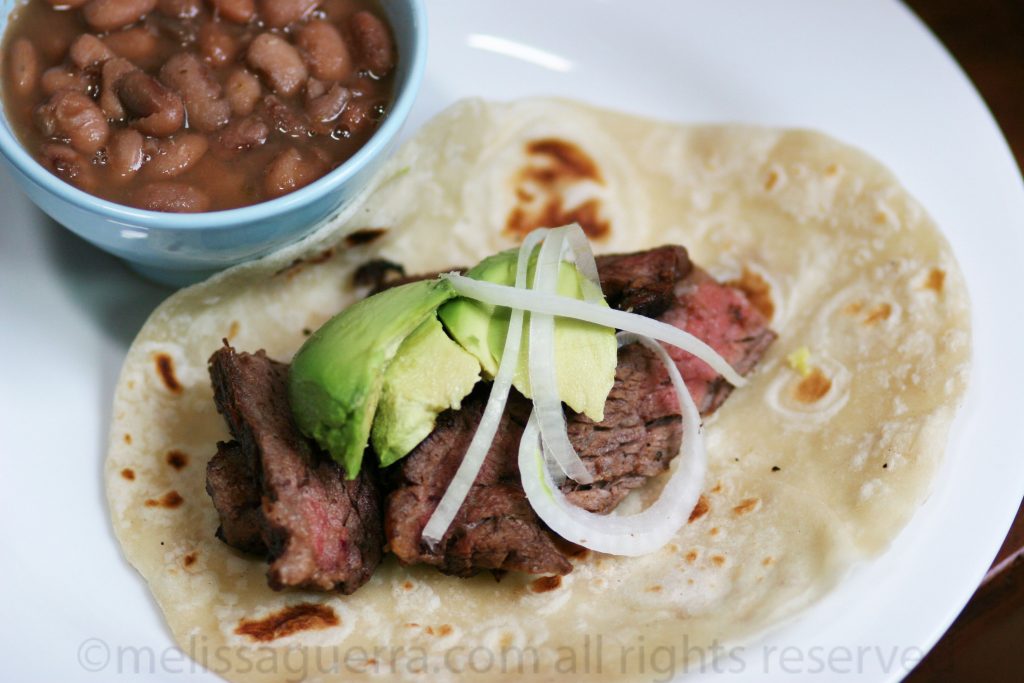
Fajitas vs. Arracheras
Fajitas are sizzling hot in the culinary world. Chicken, beef, shrimp and even tempeh fajitas can be found on menus across the nation, but it is rather confusing as to what exactly a “fajita” is. On top of that, some of the more authentic Mexican restaurants occasionally offer “arracheras” on the menu, which seem suspiciously identical to the fajita. What gives?
Whether the sizzling steak on the plate is called a fajita or an arrachera, you should know that both names refer to the same cut of beef, known in English as the skirt steak.
What does Fajita mean? What does Arrachera mean?
In Spanish, the word “fajita” is the diminutive for “faja” which means a belt-like sash or girdle. The fajita on a cow is the diaphragm muscle, which is a long band, which resembles a sash. And just so you know, chicken, fish, and shrimp anatomically do not have “fajitas.” And tempeh is a soy protein, so definitely no fajita there at all.
So how does the word arrachera correspond to the fajita? I found that there is no word relating to arrachera in the Spanish language, but in French, there is a word “arracher,” which means to grab or pull up. When I have saddled a horse, the cinch must be pulled upwards in order to secure the saddle.
Where did the word Arrachera come from?
I believe that the word arrachera was used to refer to using the cinch that holds the saddle on a horse, which is a wide, belt-like sash. I would bet that the word arrachera developed in Northern Mexico where French troops were stationed, and that Spanish speaking soldiers re-purposed the French word “arracher” to mean the same thing as a faja, or belt by simply adding an –a to the end, making it a Spanish word.
In short, a fajita and an arrachera refer to the same cut of meat. Different names, but just as savory and delicious, no matter what it is called.

Hi Fajita and arrachera are the same cut, but the difference is in the width of the cut, from 1 arrachera you can get maybe 2 fajitas, fajita is a thinner cut.
Awesome info! Thanks so much for letting me know!!
MG
Proper Arracheras are a Mexican cut of beef called Fajitas Arrachera, since it hangs off the diaphragm(fajita) and is attached to the last rib and to the front of several of the lumbar vertebrae(by the kidneys). In the U.S. they are Hanger Steaks which are butterflied and cut thin. In France they are Onglet and usually served as a Bistro Steak. In England they are called Skirt, not the American Skirt Steak(Fajitas) which is both inside and outside Skirt Steak(Fajitas).
Thank you for the clarification! I will use this!
Best, MG